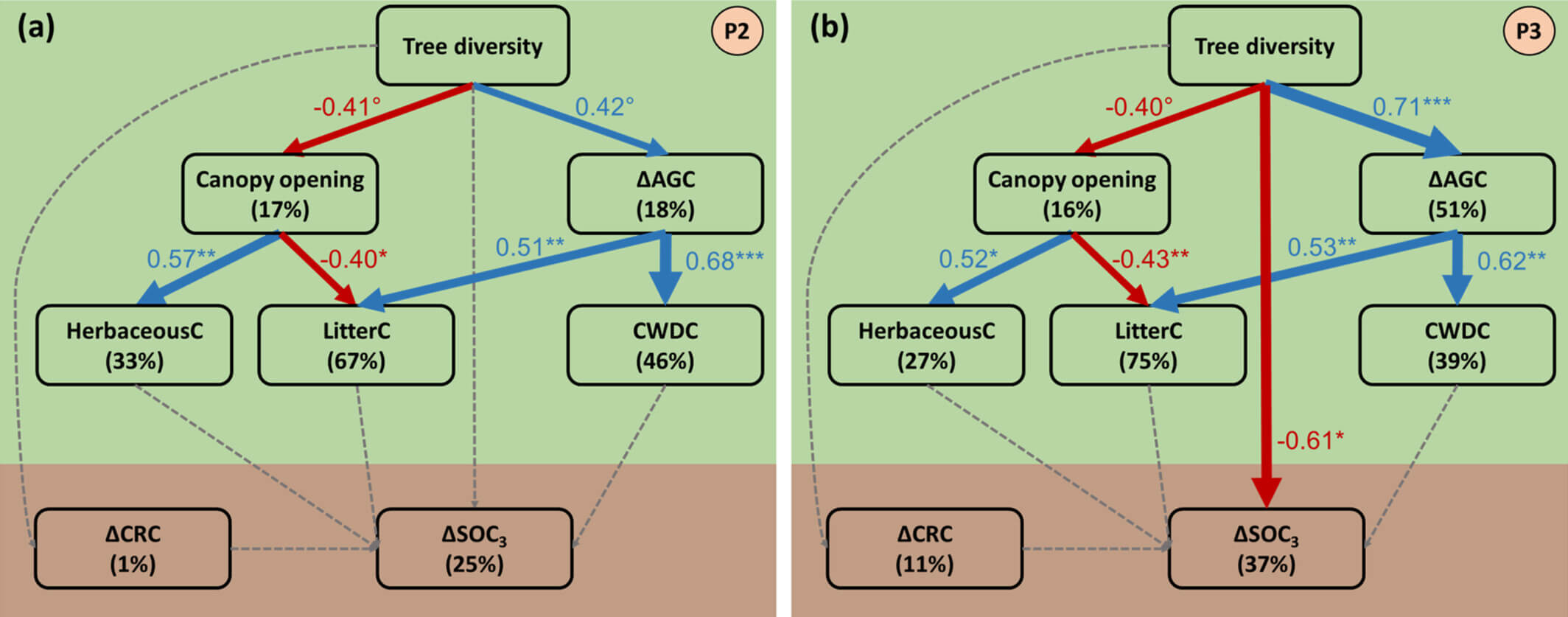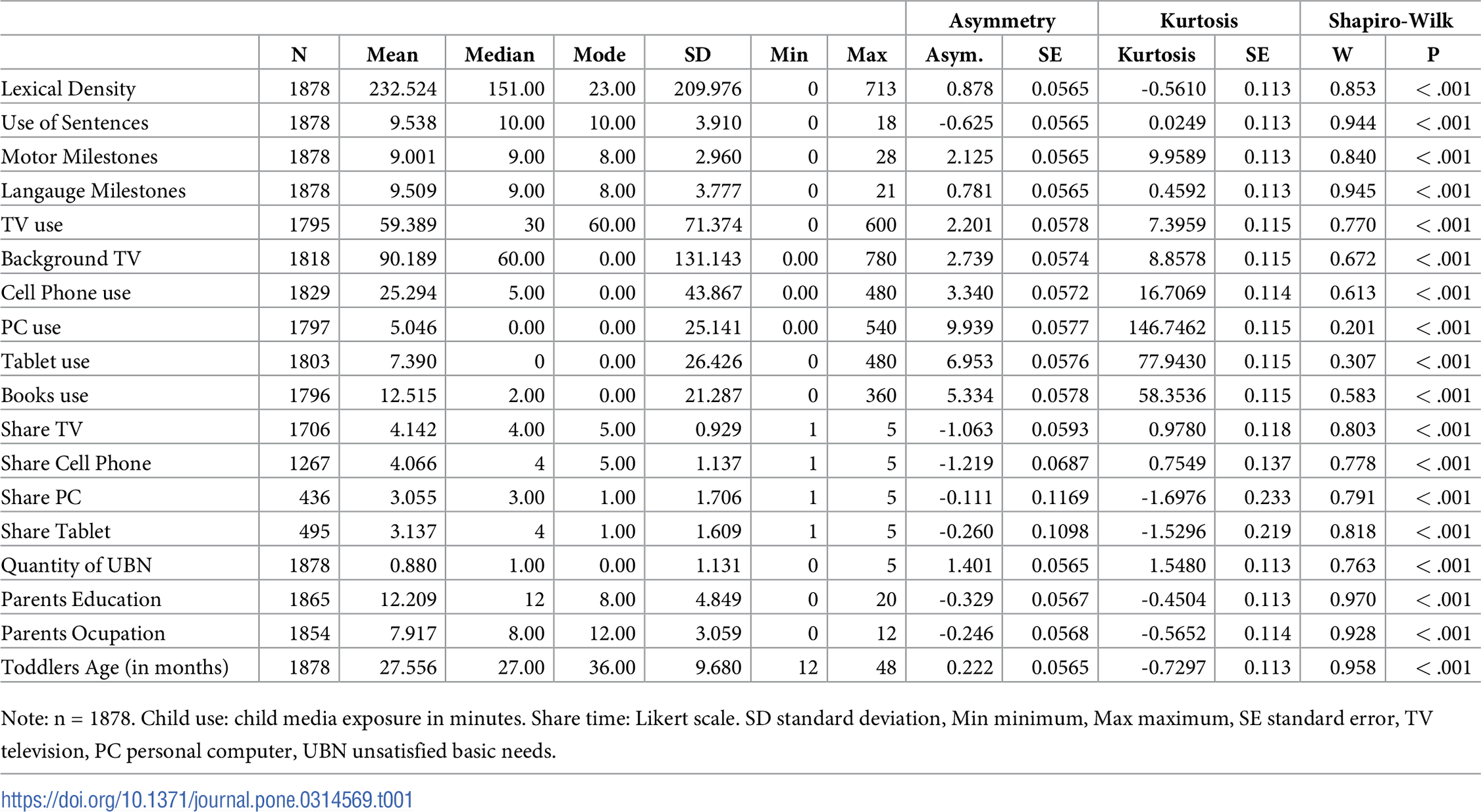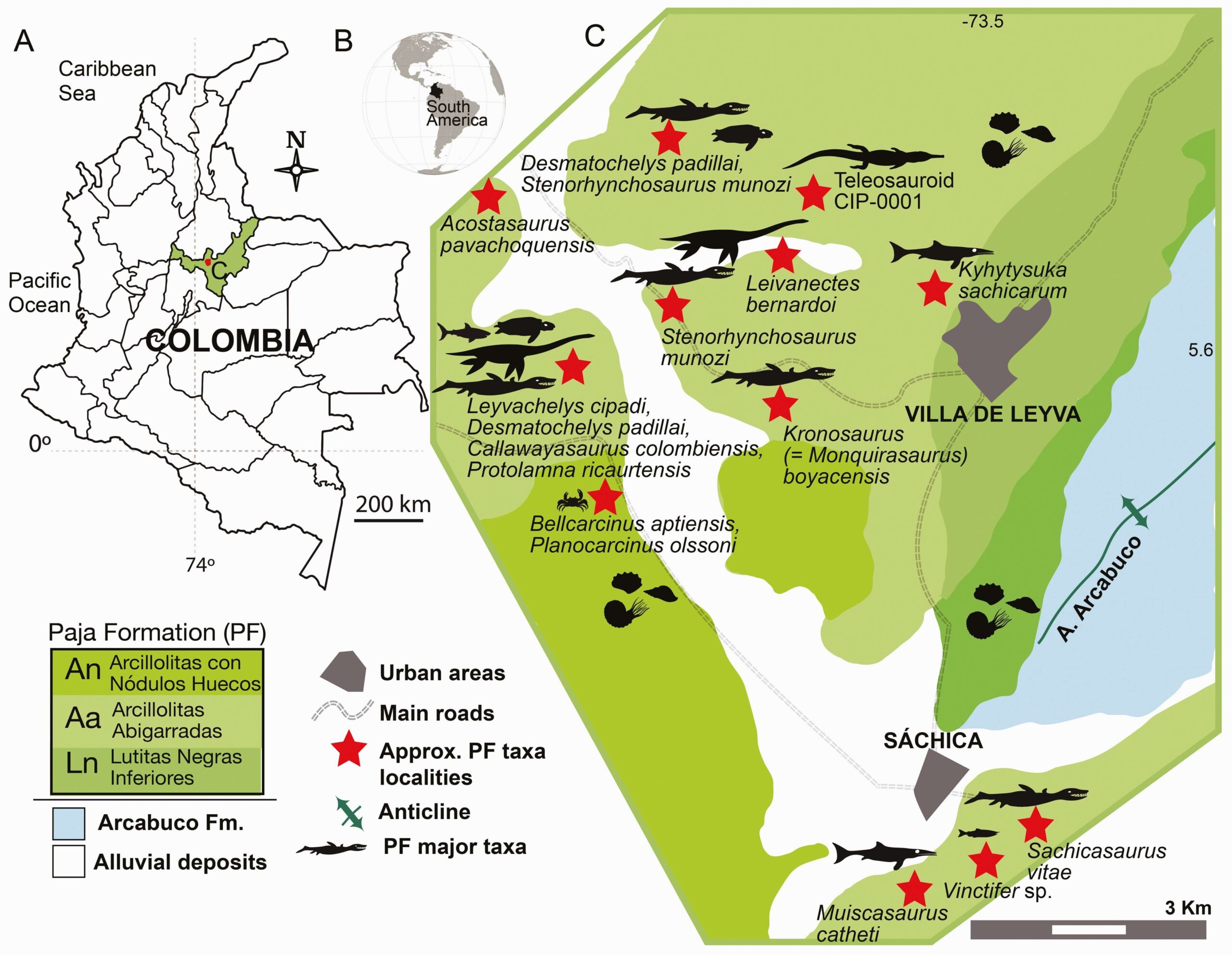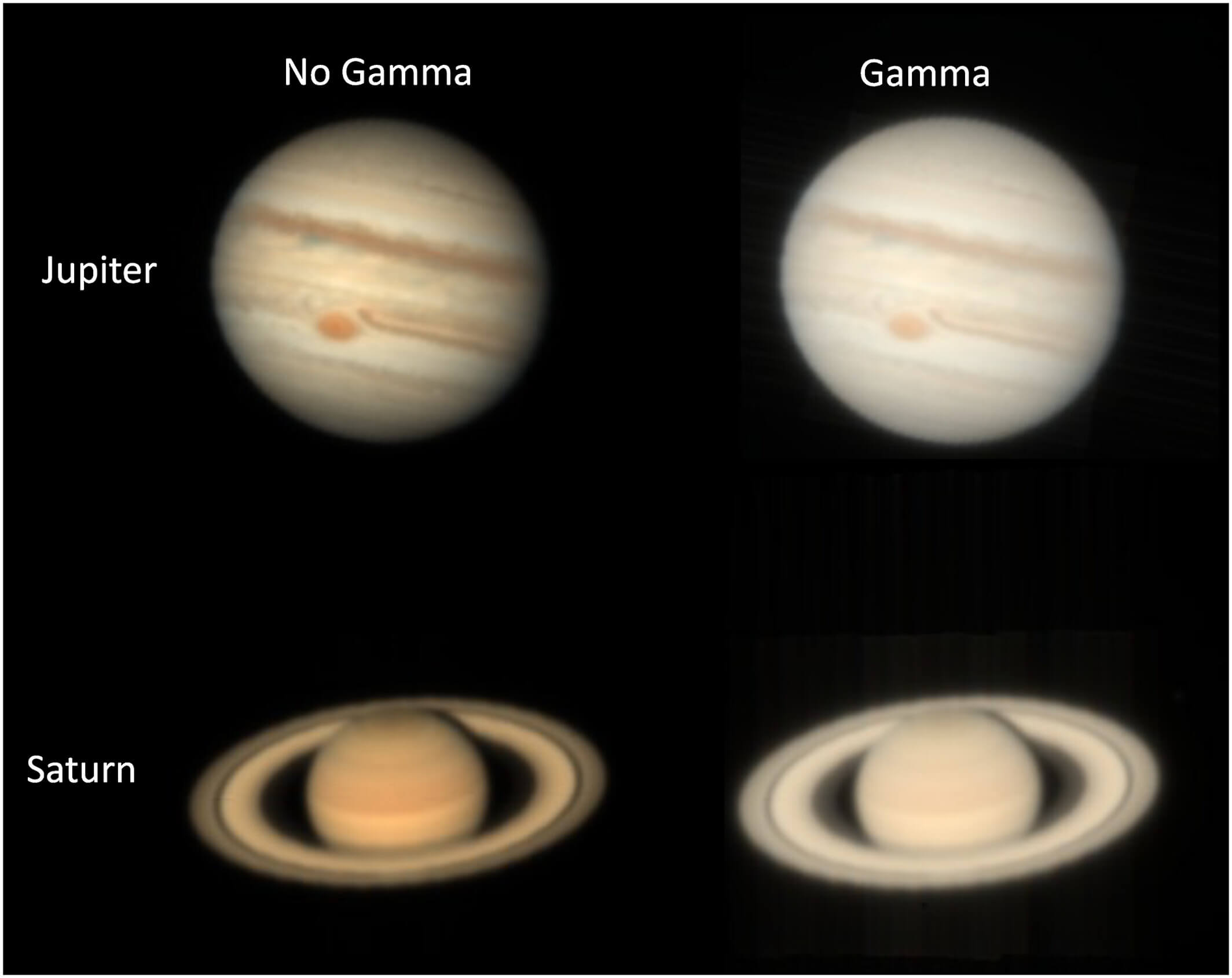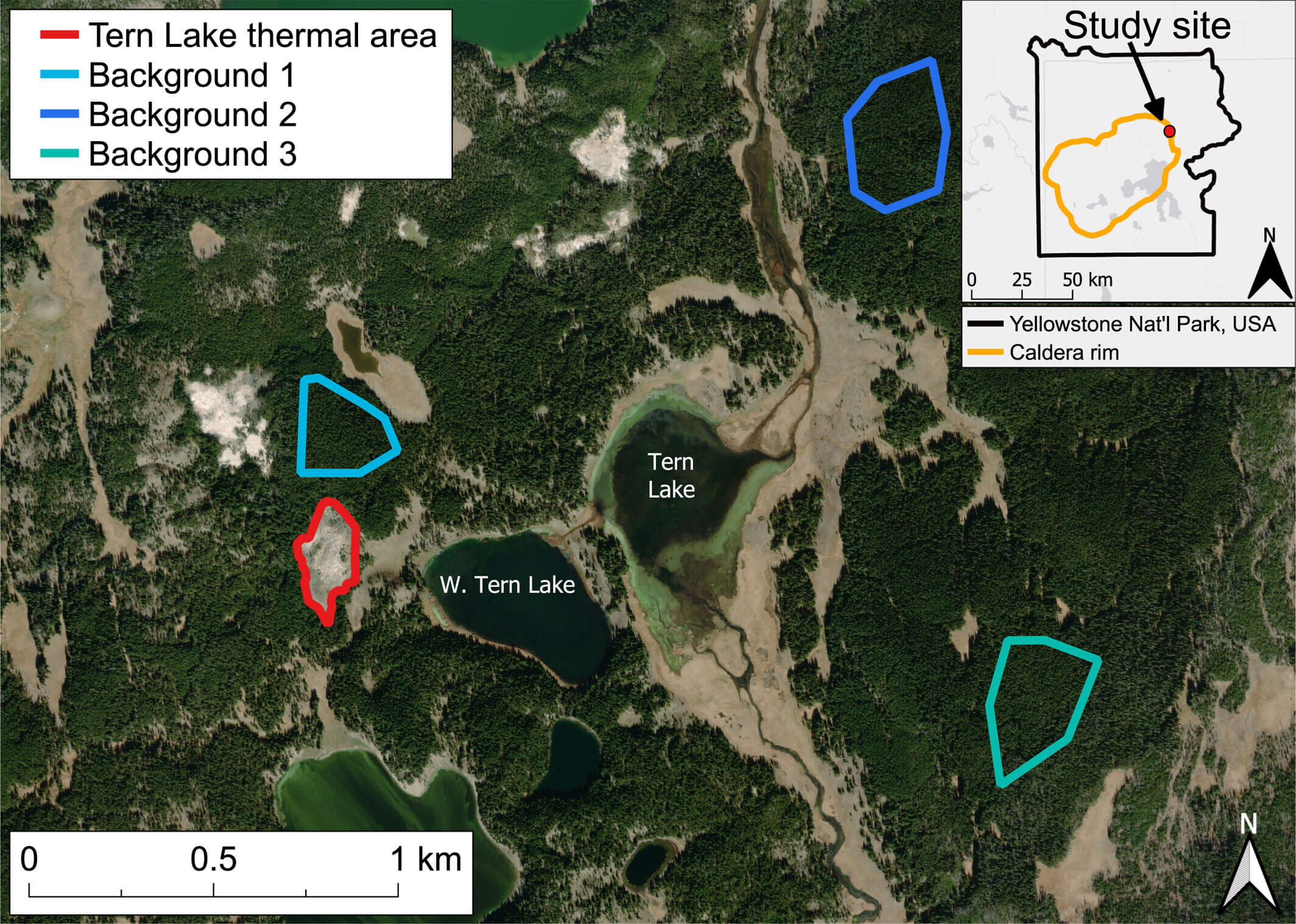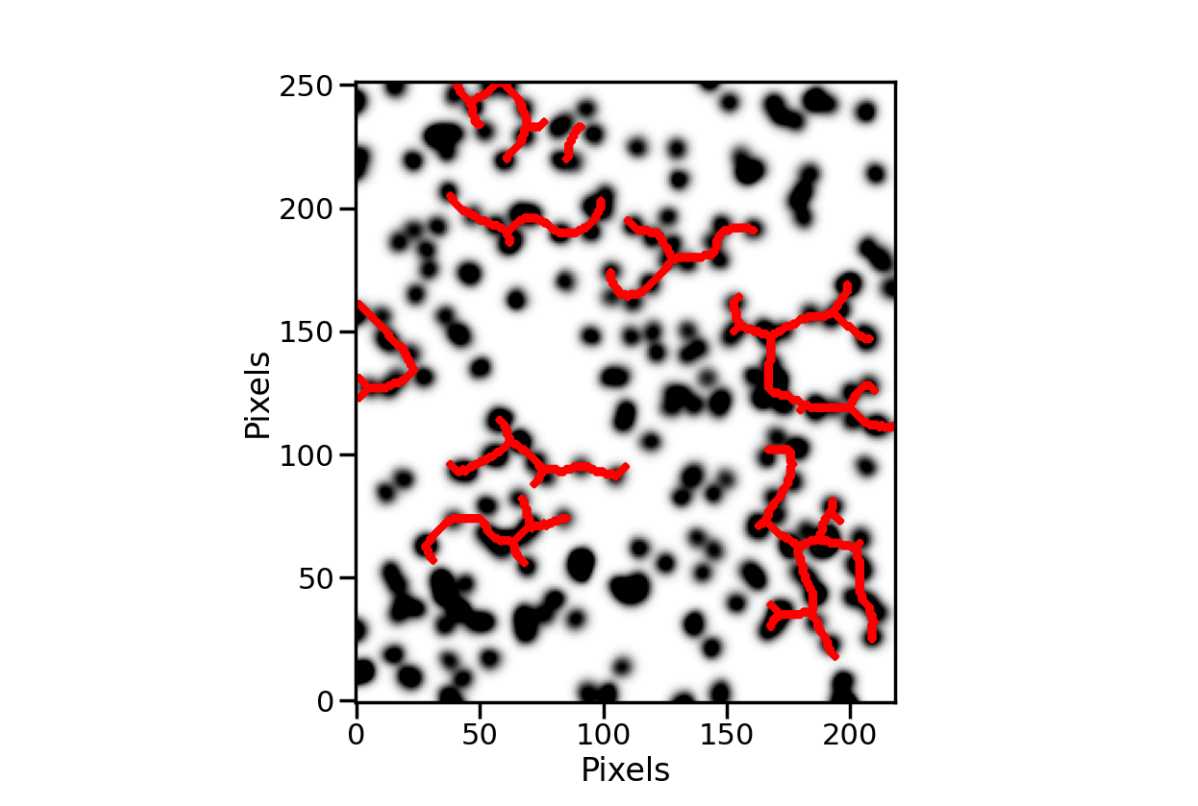
A cosmic enigma has once again stirred the world of astronomy. Scientists have uncovered yet another ultra-large structure in the universe, and it’s located near the already perplexing Giant Arc.
This new discovery, named the Big Ring, is not just massive—it’s astonishingly so, stretching across an arc of sky almost 15 degrees wide and spanning roughly 1.3 billion light-years. The revelation is shaking long-held beliefs about how the cosmos is organized.
The Big Ring is made up of galaxies and galaxy clusters that appear to align in a sweeping arc-like ring formation. It sits at a redshift of about 0.45, placing it around 9.2 billion light-years away from Earth, in nearly the same region as the previously discovered Giant Arc, which lies at a redshift of 0.438. The two structures are only about 12 degrees apart in the sky—equivalent to the width of 24 full moons—and roughly 350 million light-years apart in space, leading researchers to wonder if there’s more than mere coincidence at play.
Astronomer Alexia Lopez from the University of Central Lancashire, who made the discovery, noted, “The Big Ring and the Giant Arc may be the biggest and most puzzling examples of large-scale structure ever found.” Her words reflect a growing tension in cosmology—these findings seem to defy the foundational principle that the universe, when viewed on a large enough scale, should appear roughly the same in every direction.
In essence, the cosmological principle, one of the bedrocks of modern astronomy, holds that the universe is homogeneous and isotropic. That is, its matter and energy should be evenly spread out when looked at over hundreds of millions of light-years. Yet, structures like the Big Ring challenge this notion directly. At an estimated diameter of 1.3 billion light-years, the Big Ring joins a list of ultra-large structures like the Sloan Great Wall, the Huge-LQG, and the Giant Arc, all of which push the supposed limits of cosmic homogeneity.
To detect the Big Ring, Lopez and her team analyzed the light from over 170,000 quasars captured by the Sloan Digital Sky Survey. Quasars are extremely bright cores of distant galaxies powered by supermassive black holes, and they serve as useful cosmic beacons for studying matter lying in the path of their light. By looking for specific absorption lines—signatures of magnesium in intergalactic gas—the team was able to map out clusters of galaxies over vast stretches of space.
What they found was startling: a set of 20 such absorbers formed a nearly complete loop when plotted in 3D, suggesting not just a chance alignment, but possibly a real ring-shaped structure. The odds of this arrangement occurring randomly were calculated at less than 0.0003%, or about 1 in 330,000.
The team dubbed it the Big Ring, not just for its size but because of its unusual geometry. “The ring-like shape is very difficult to explain using our standard cosmological models,” Lopez said. “There’s nothing in current physics that naturally explains this kind of arrangement.”
Adding to the mystery is the proximity to the Giant Arc. Some cosmologists are now speculating that both may be parts of a larger, more complex megastructure that we’re only beginning to glimpse. While it’s too early to say for certain, the idea that such enormous formations might not be rare anomalies but parts of an underlying cosmic web is gaining traction.
Reference


